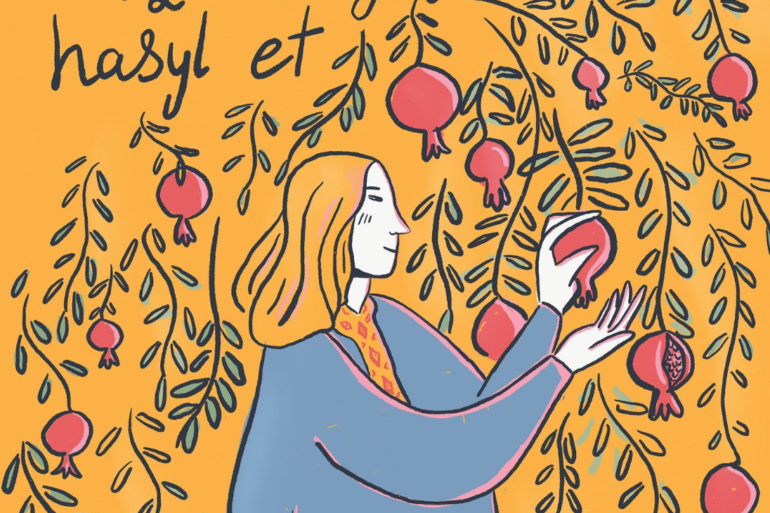Maya Gurung-Russel Campbell, is a south-London based artist who uses multiple mediums to explore her connection to her Nepalese family history and culture, while also investigating how her work can become sites of liberation.
How did your upbringing and lived experience inform your practice?
As a young kid I went dancing in costume to Notting Hill Carnival with my grandma almost every year. This fed into an early interest in masquerade, carnival and intuitively coming back to these traditions as forms of protest and resistance through joy and movement. My grandma had so much energy when she was raising me and I remember having so many formative encounters with art.
We would go around the precious stones collection in the Natural History Museum and she would tell me to siphon the energy from the crystals by putting my hands over the glass cabinet – she encouraged my imagination to remain unshackled and fantastical!
But the site of my family home is one of the main sources of creative, feminine power that I return to. My grandma makes paper mache masks, paints, creates installations and channels many different aspects of her identity as a Nepali woman into her work. As a young woman she ran away from a convent school and came to Brixton in the 80’s. However, she’s always retained a strong connection to the mystical and mythological aspects of our Nepalese culture and made sure that was passed down to me.
Can you tell us more about the concept behind your show ‘Folklore Imaginary’?
Folklore Imaginary is a culmination of a part-personal, part-cultural and part-imaginary mythology of the self in relation to my fluid trans-cultural identity, ancestral memory and the lingering phantom of Empire upon the racialised body.
Masks, masquerade and performance are situated as a means to liberation from having only “one self”. This is toyed with though the production of wearable avatars made using traditional techniques of ritual mask-making I learnt during my two-month long residency in Nepal. The audio-visual pieces: ‘Effigy for a Black Soldier’ and ‘Protector of the Children’ were produced collaboratively with sound artist Cil, sitarist Tommy Khosla and multi-instrumentalist Buster Woodruff-Bryant – both pieces loosely respond to and reinterpret both Eastern and Western folk traditions.
The exhibition seemed to showcase a lot of different mediums. How did this come about?
I am always trying to work with new materials, failing and trying again – I think it’s important to remain flexible and let the idea dictate the form and material. I graduated from BA Photography at London College of Communication a year ago now and in my last year there we had moved online due to the pandemic, but strangely that precipitated me moving towards more tactile forms and away from the still, photographic image.
See more of Maya’s work HERE



















